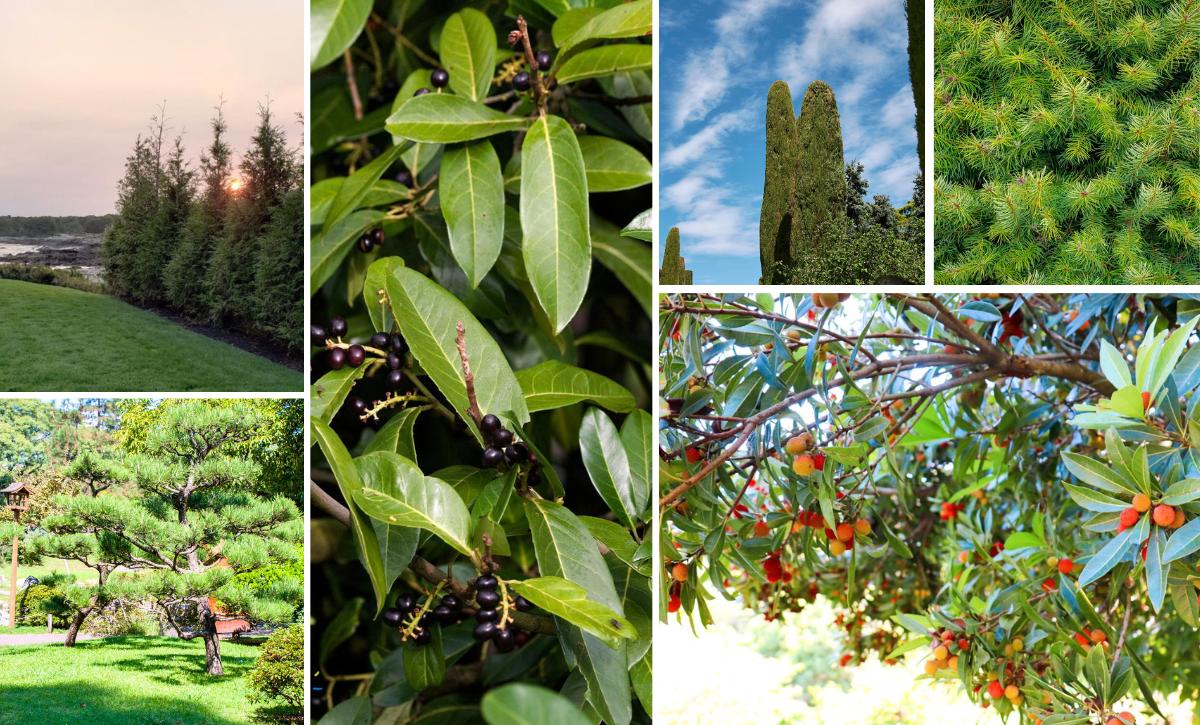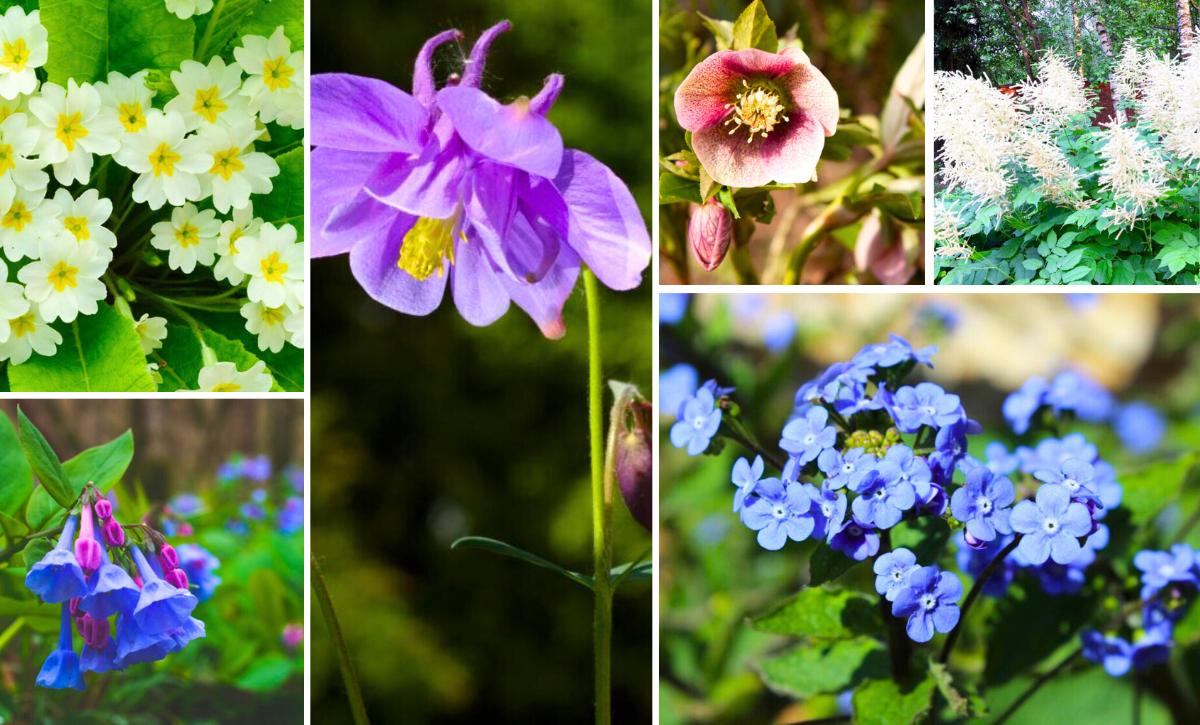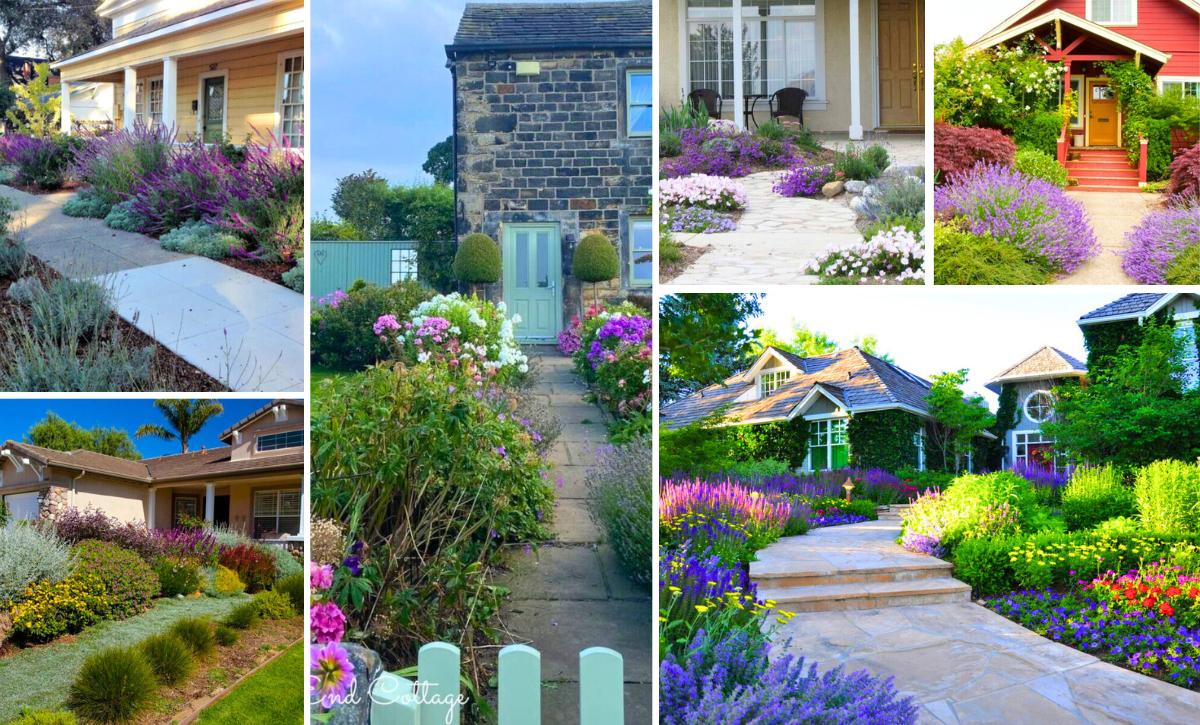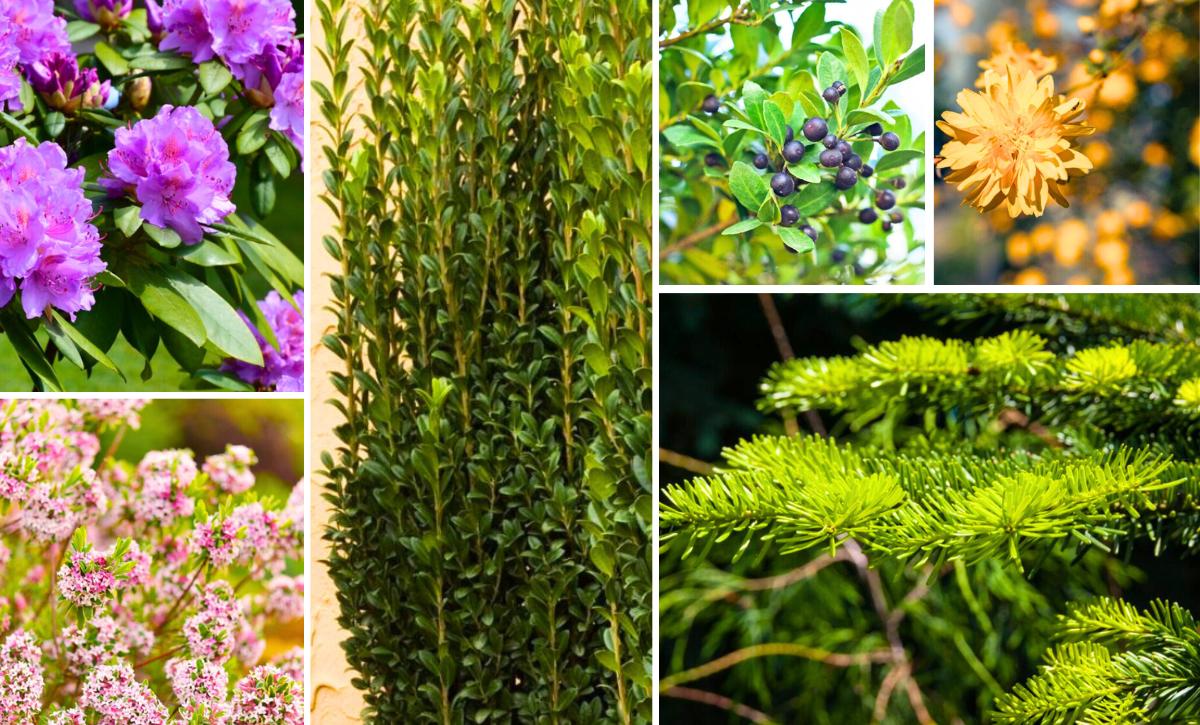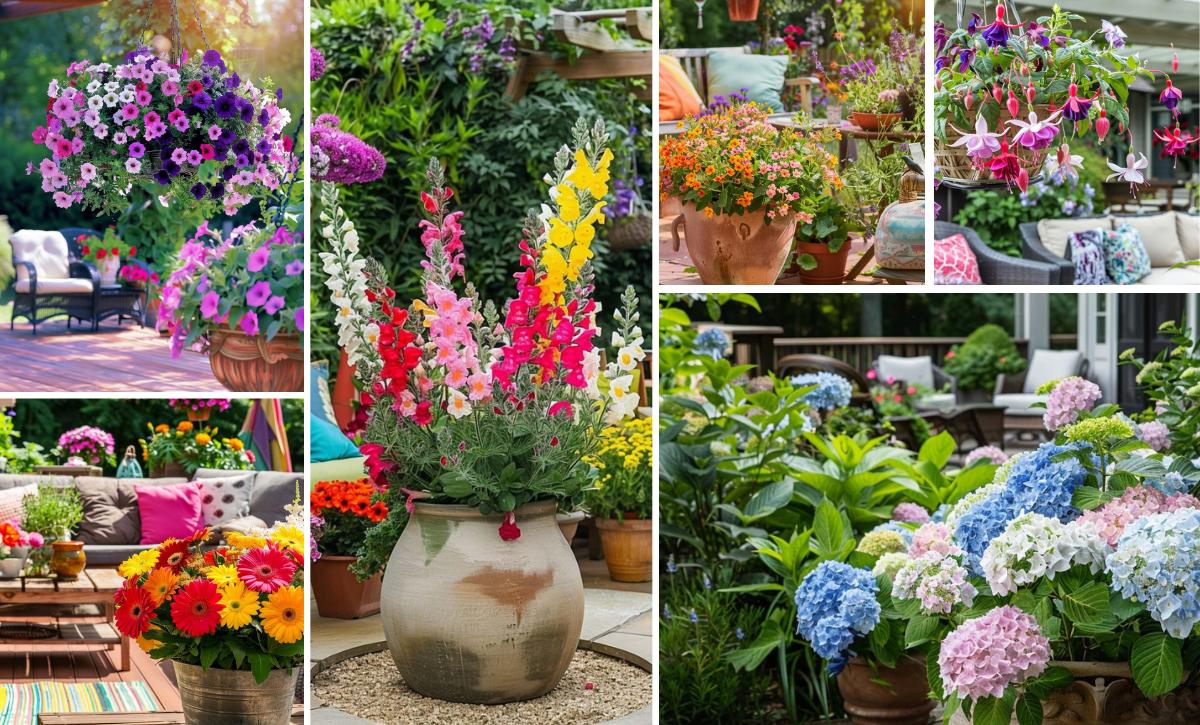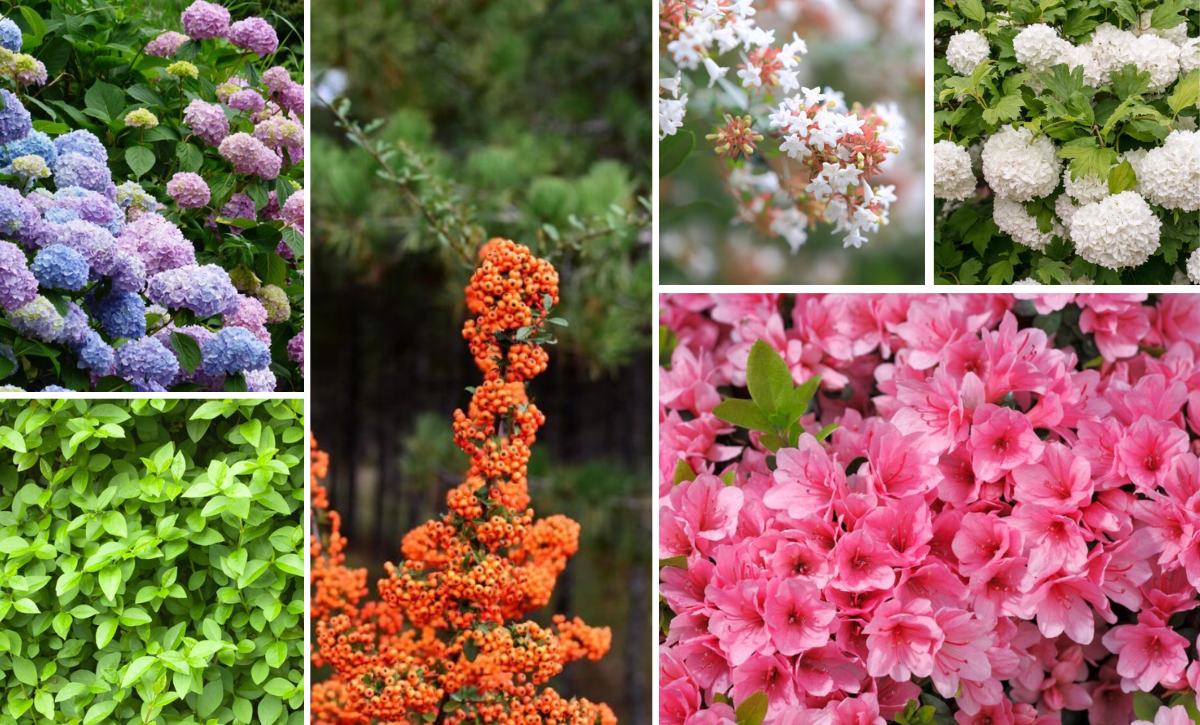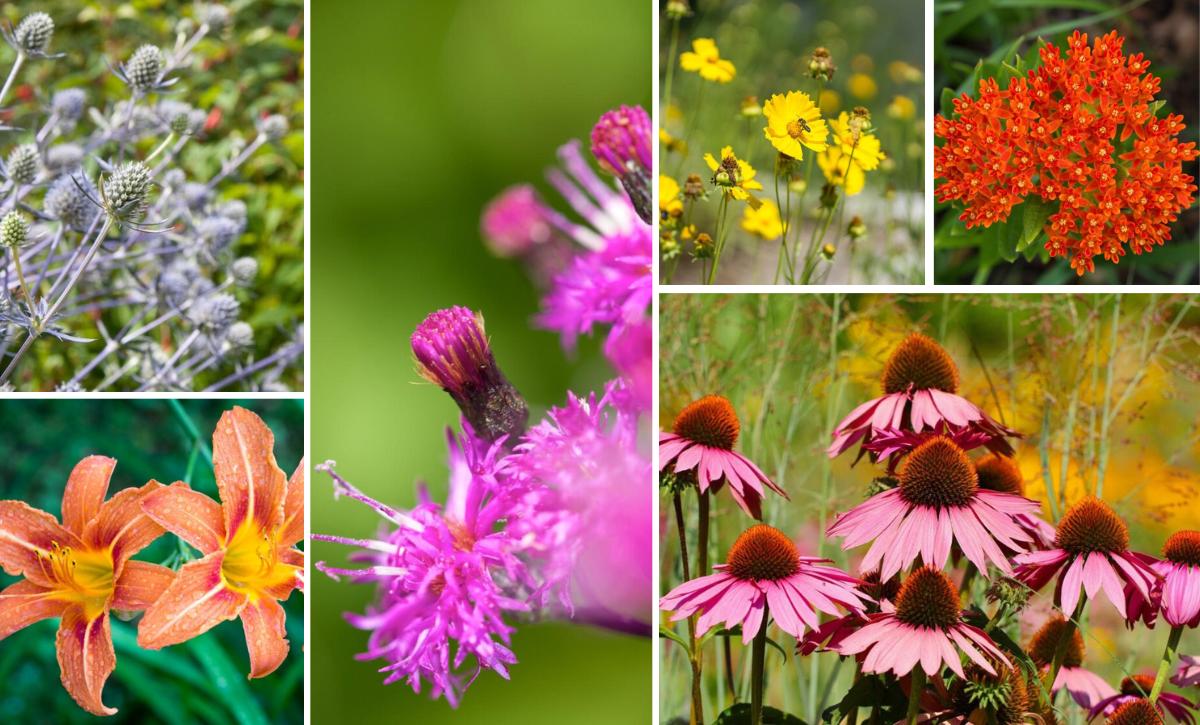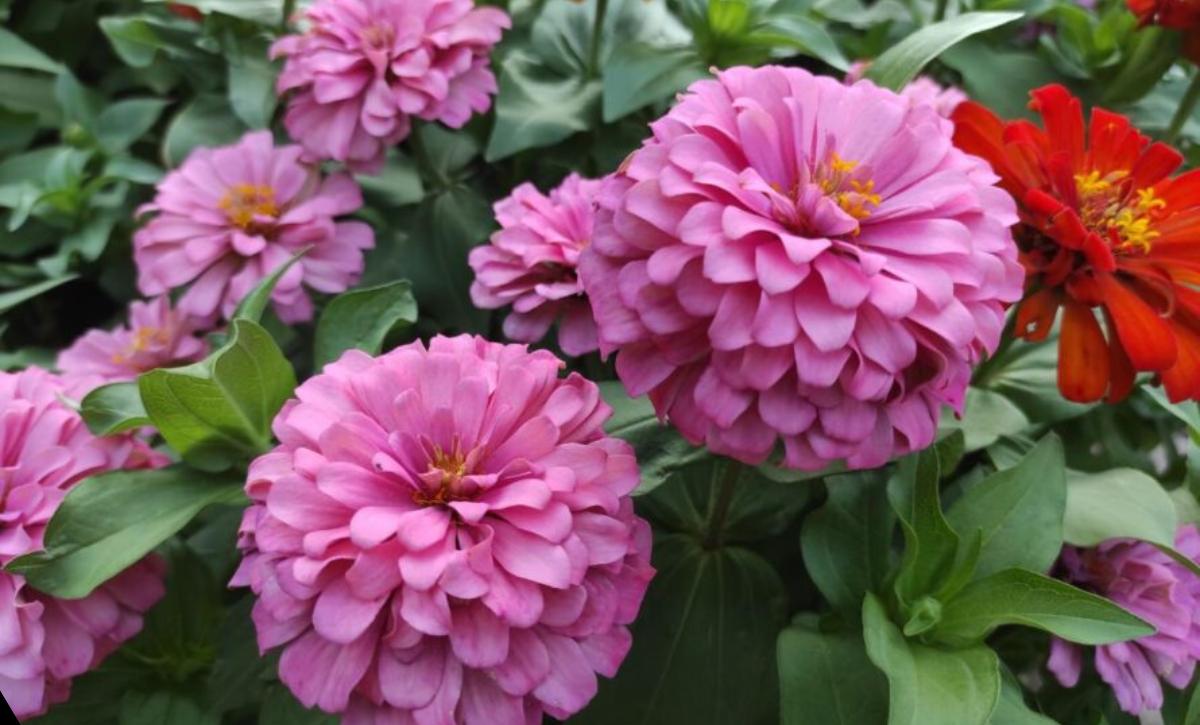Many flowering plants can be a high-maintenance chore. A lot of their care is to tend to deadheading. This is more than making the garden look nice.
If you want a beautiful, flowering garden without the extra work, plant flowers that don’t need deadheading.
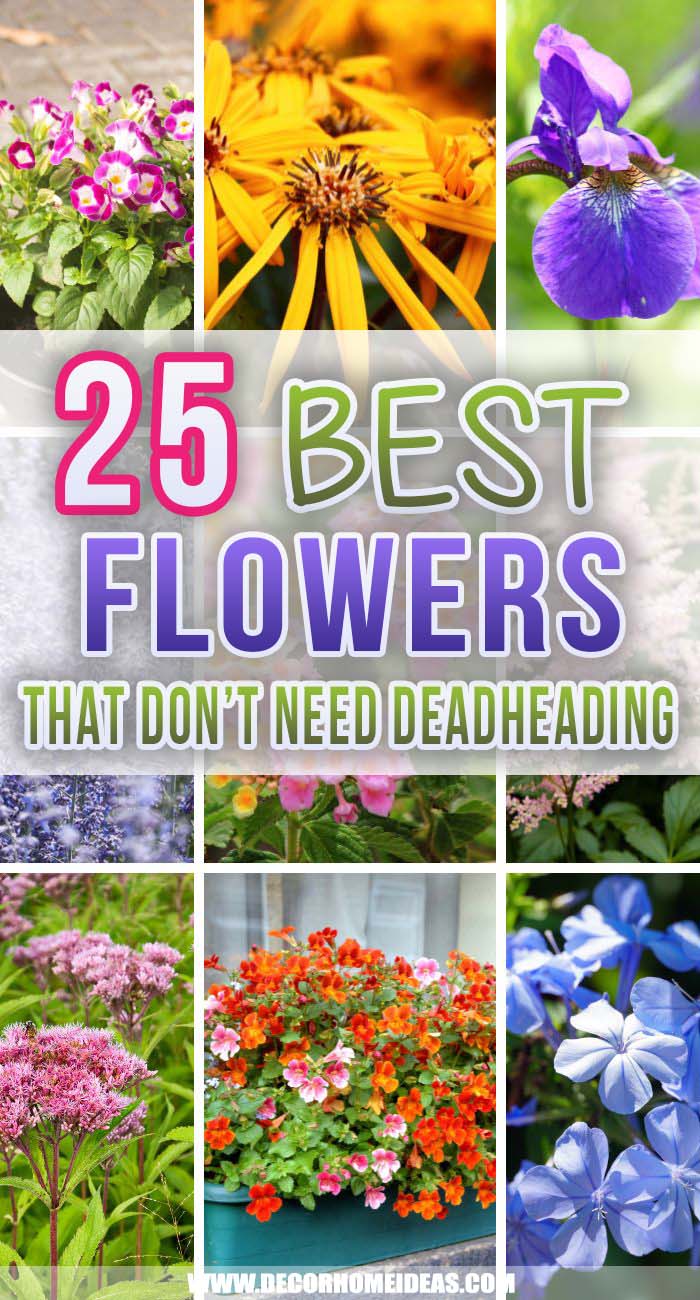
For some species, dead-heading is vital to seed production. There are species, such as the marigold, that will not bloom again if their old blooms aren’t deadheaded. There are varieties of roses and petunias that may not need to be deadheaded.
How do you know if you have to deadhead petunias? Check the species carefully to learn if you need to take a pair of shears to your rose bush or if the residents of your flower garden are self-cleaning plants.
We’ve found twenty-two (wait – make that twenty-five) flowers that don’t need deadheading. Starting your garden with these beauties will save you a lot of work in the long run.
1. Angelonia ( Angelonia )
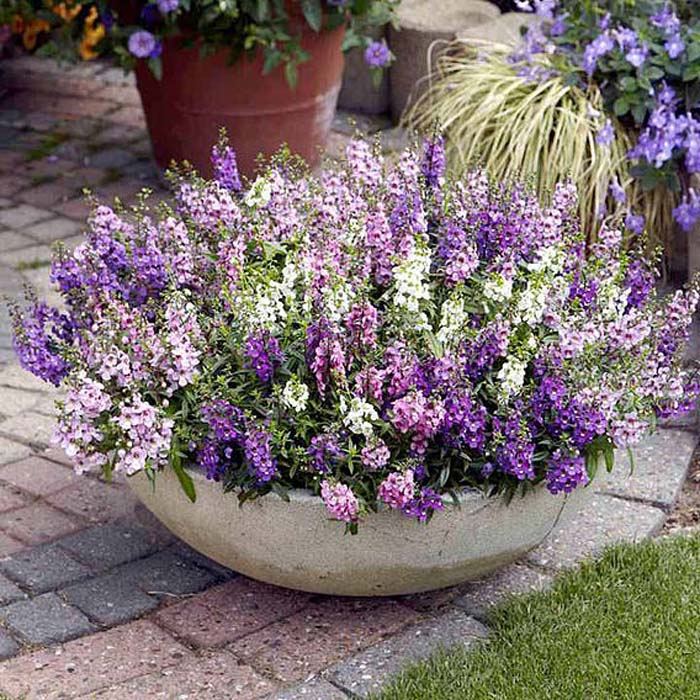
Angelonia resembles a snapdragon but unlike snapdragons, it thrives in hot climates and has an extended growing season. Add them to your garden for continuous color until the first frost of fall.
The plant grows straight upward. Faded flowers go to seed and a new flower will begin to blossom in the area of new growth. It’s recommended for beginner gardeners.
via Dobies UK
2. Astilbe ( Astilbe )
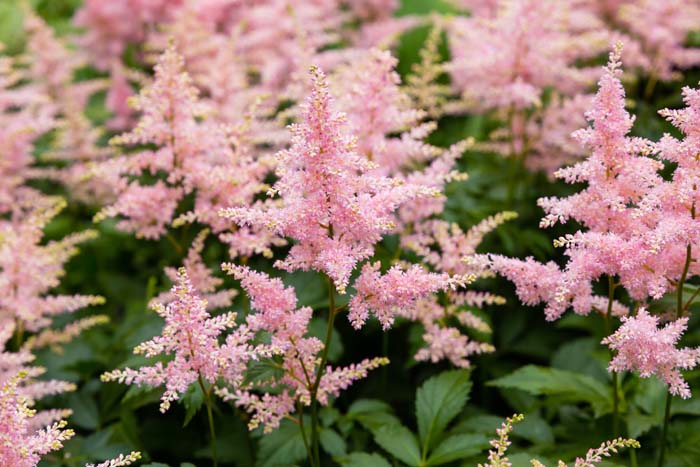
Astilbe has beautiful, fern-like foliage and flower stalks full of feathery plumes. You can find them in reds, pinks, lavenders, and white, which is known as bridal veil. Astilbes are ideal in zones three through eight,
Astilbe will grow in total or partial shade. Given the right conditions, the blossoms can last from two to four weeks.
3. Baptisia Australis ( Baptisia Australis )
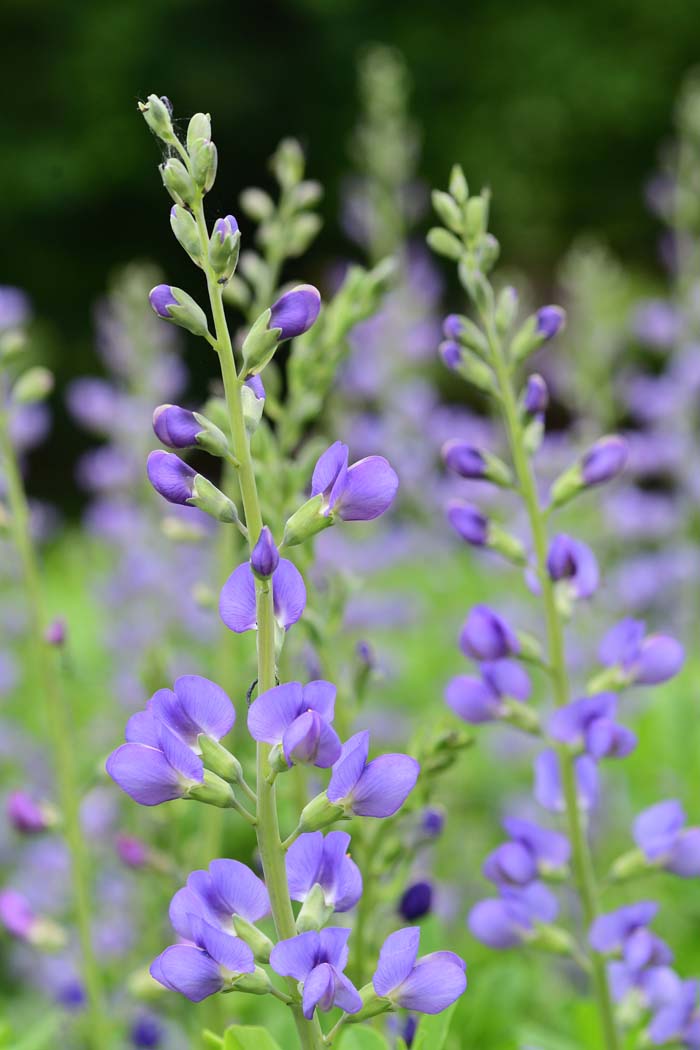
A wildflower with a hidden rattle. The stems look like pea shoots. They’ll blossom into delicate bluish purple flowers.
As the cooler weather comes in the fall, resist the temptation to remove dead blooms. When they go to seed, the pods dry out and the seeds will rattle inside, giving you one of nature’s true musical performances.
4. Begonias ( Begonia )
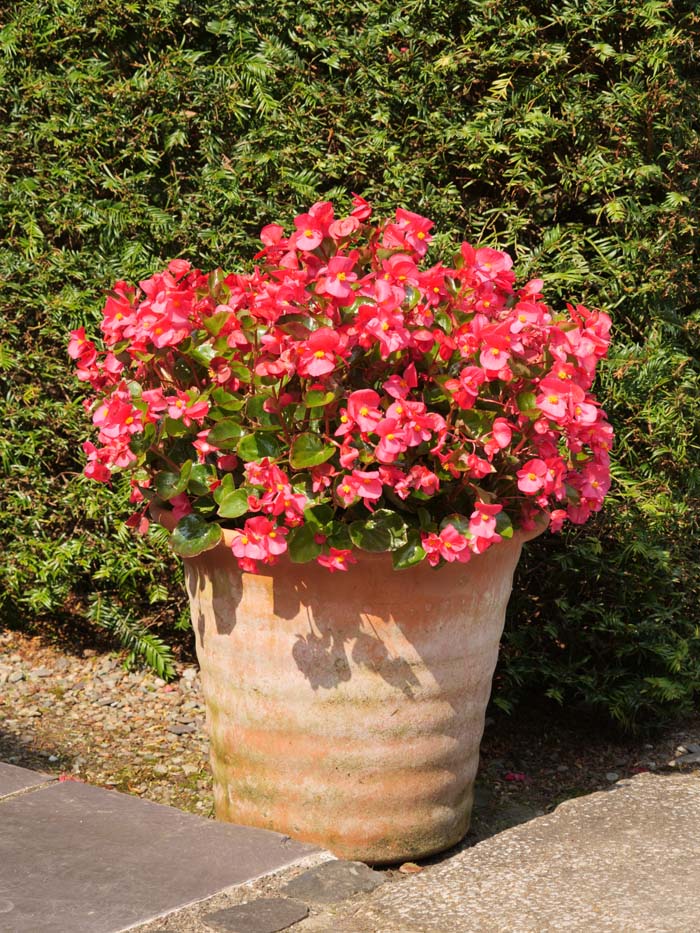
Begonias thrive in partial shade. They’ll burn if planted in an area that receives direct sunlight all day. Almost all begonias are self-cleaning. New blooms will replace old blooms that have been dropped.
If you want to have more blooms, you can take the time to remove the smaller female bloom that sits behind the male bloom. You won’t need scissors for this. Just twist it off. This will release energy back into the plant.
5. Blue Star ( Amsonia Tabernaemontana )
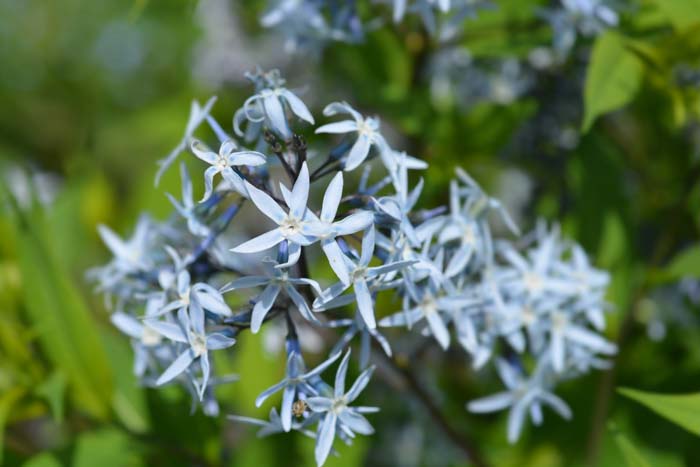
Blue Star is a perennial whose flowers transition beautifully. They start with pale blue petals. In the fall, these blooms take on a golden yellow color.
No one would dare deadhead these plants.
6. Bush Violet ( Browallia Speciosa )
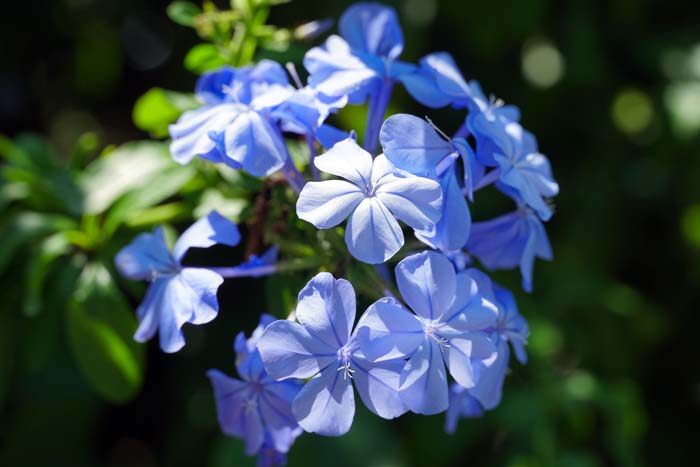
True to its name, the bush showcases violet perennial flowers. Browallia Speciosa is native to South America.
7. Fan Flower ( Scaevola )
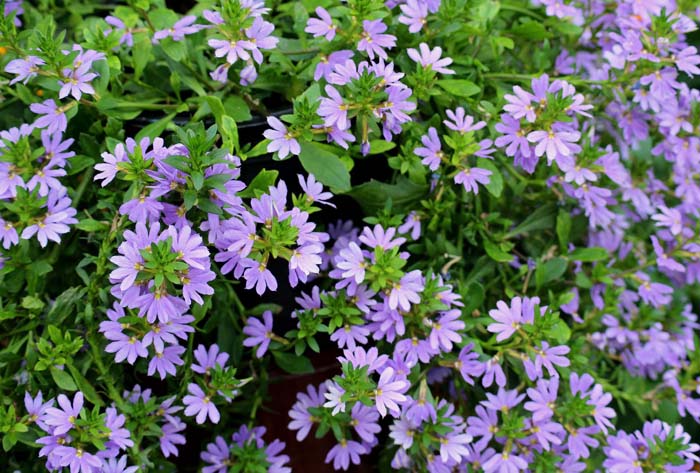
You can’t beat the Fan Flower for color. They come in different shades of white, blue, and purple. It can be invasive, so keep them in a pot. They’re native to Australia and thrive in a climate that regularly sees triple-digit temperatures.
If you live in a cold climate, it’s grown as an annual. If you live in a temperate zone, it’s considered a perennial.
8. Impatiens ( Impatiens Walleriana )
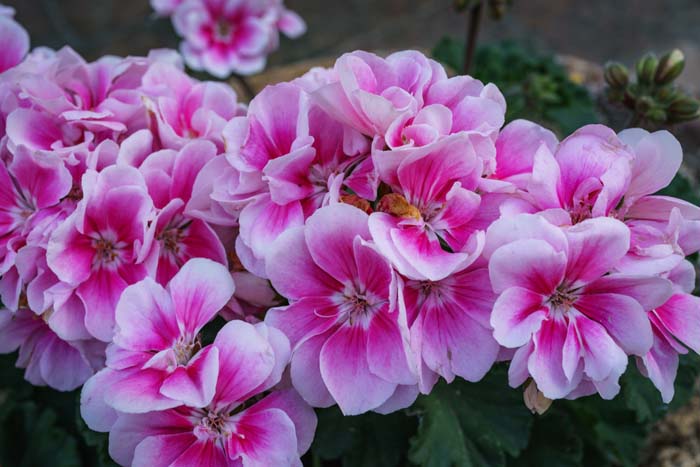
Impatiens Walleriana, or Impatiens, are another plant whose blooms can be found in a variety of colors. It’s a shade-loving perennial.
9. Joe Pye Weed ( Eupatorium Maculatum )
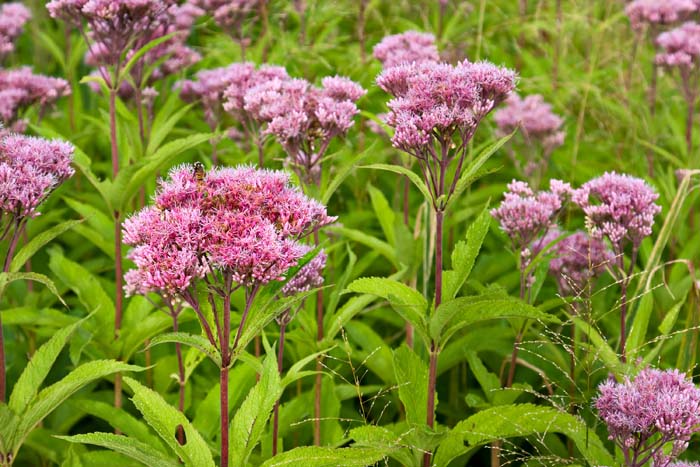
Joe Pye Weed is a welcome addition to a pond or to a butterfly garden. It prefers full sun but can thrive in partial sun as well. It’s a perennial plant that grows in Zones 4 through 8.
Joe Pye Weed is available in a lot of different colors. It typically grows to about four feet tall. The self-cleaning blooms appear early in the fall.
10. Lantana ( Lantana Camara )
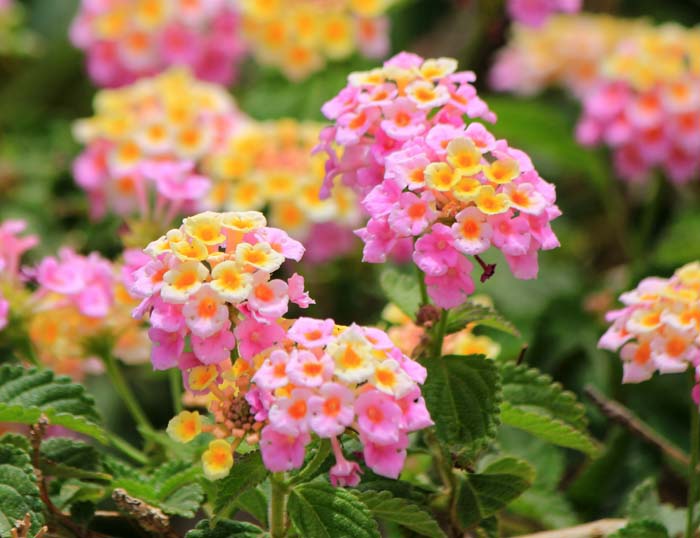
This is a summer gem. It explodes around July and the blooms will stick around into September. It’s extremely drought tolerant. This makes it an ideal blanket flower as ground cover in desert climates.
They don’t need to be deadheaded, but you can get more blooms when you add fertilizer.
11. Leopard Plant ( (Ligularia Dentata )
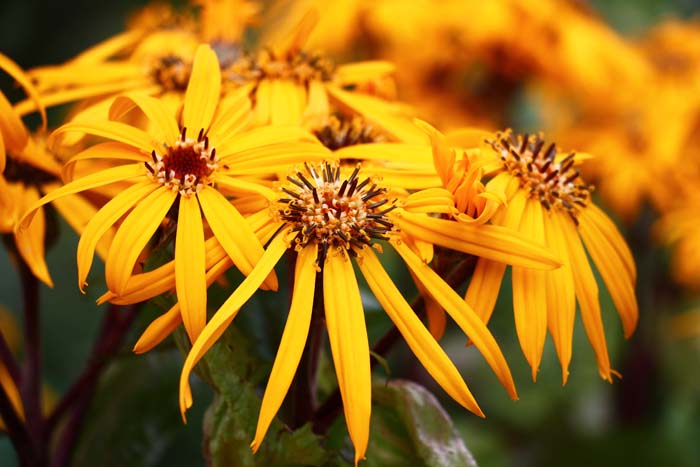
The Leopard plant is a daisy-like perennial with spotted leaves. The eye-catching flowers don’t need to be deadheaded.
They thrive in wet climates and play well with hostas.
12. Lobelia ( Lobelia Erinus )
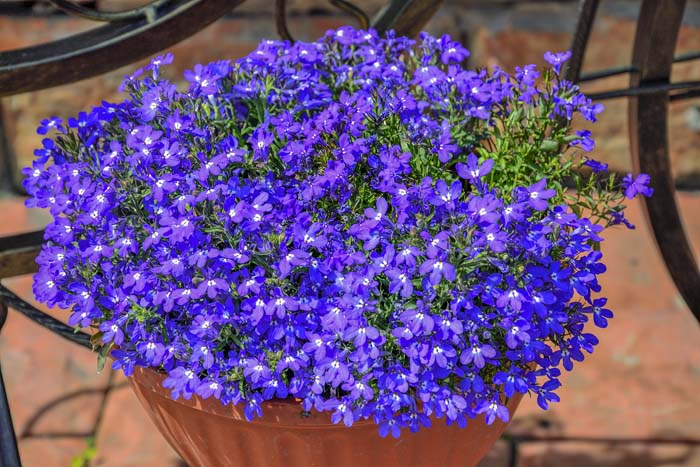
Lobelia shows off blooms in white, purple, or pink. They come in trailing and upright varieties.
They do take a little work upfront, but once established, you won’t have to deadhead those delicate blossoms.
13. Madagascar Periwinkle ( Catharanthus Roseus )
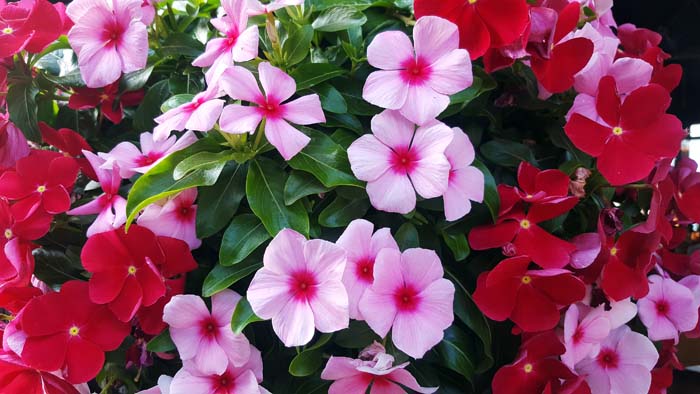
The Madagascar periwinkle is a common shrub that is found in India. It grows in height from 1 to 3 feet.
You’ll find a variety of colors that include blue, violet, pink, and white. It’s often cultivated for its medicinal properties. These self-cleaning annuals will bloom throughout the summer.
14. Million Bells ( Calibrachoa )
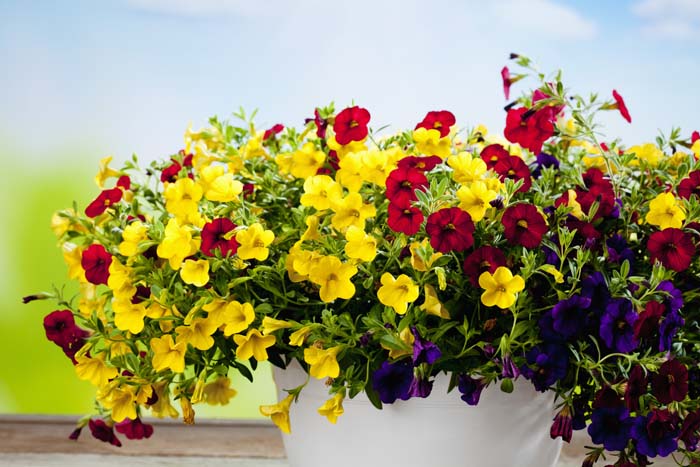
The name says it all. Plant Million Bells in full sun. They can handle it. The long trailers fill up with colorful blooms. It matures at a height and width of 6 to 12 inches.
They can be pinched back, but that’s optional. The seed pods can be collected for next year’s garden.
15. Nemesia ( Nemesia )
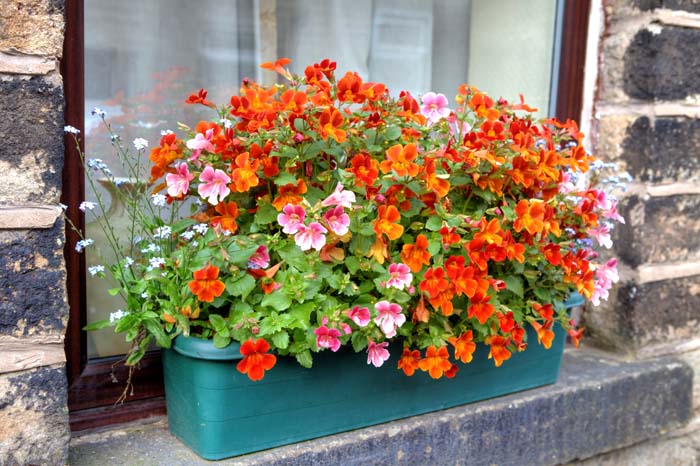
This is a fragrant, self-cleaning perennial plant that’s often grown as an annual. While it doesn’t need to be dead-headed, you can prune it to help keep its shape.
You can also grow it in a pot near a sunny window, so treat yourself to an indoor bouquet.
16. New Guinea Impatiens ( Impatiens Hawkeri )
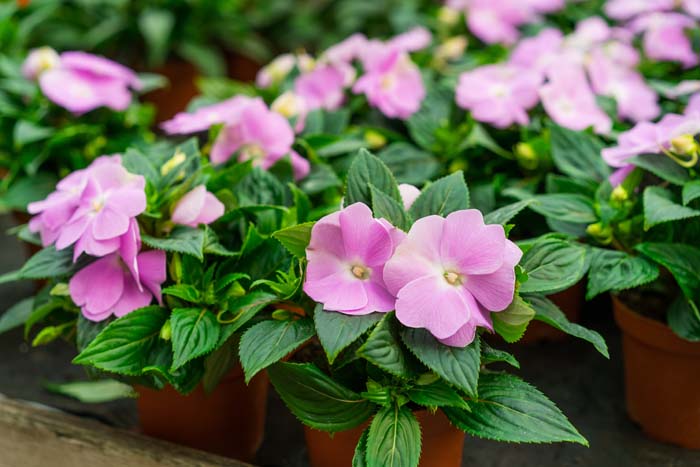
New Guinea impatiens can be grown in areas from full sun to full shade. There’s no need to deadhead this perennial.
17. Peony ( Paeonia )
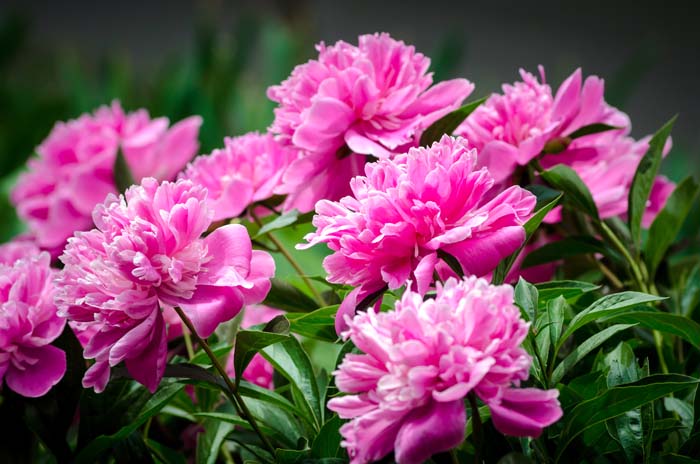
Once established, Peonies will grow for years to come. There are a lot of colors for every garden. Plant them in full sun. They like six to eight hours of sunlight.
Deadheading is optional. If you decide to deadhead, the energy will be transferred into the root system. It’s really up to you and the plant’s aesthetics.
18. Purslane ( Portulaca Oleracea )
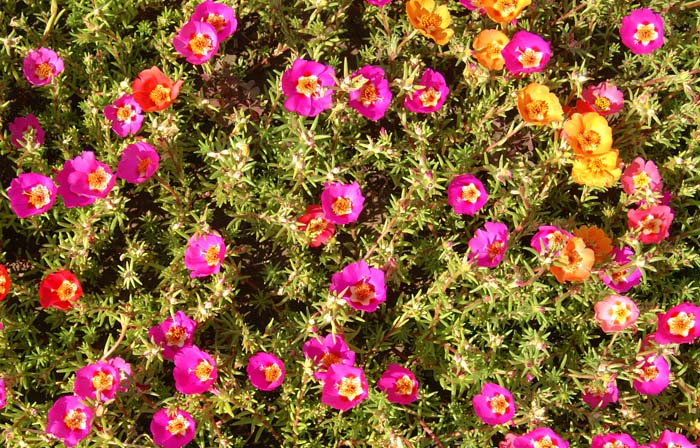
Purslane lives a double life as both a weed and a super food. You can plant them as ground cover. Give these plants 4 to 6 hours of sunshine and let them do their thing.
They don’t need to be dead-headed and if you know how to identify and prepare them, they can be a nutritious addition to your diet. If you do decide to eat them, be sure to avoid using chemical fertilizers and weed killers in the area.
19. Russian Sage ( Perovskia Atriplicifolia )
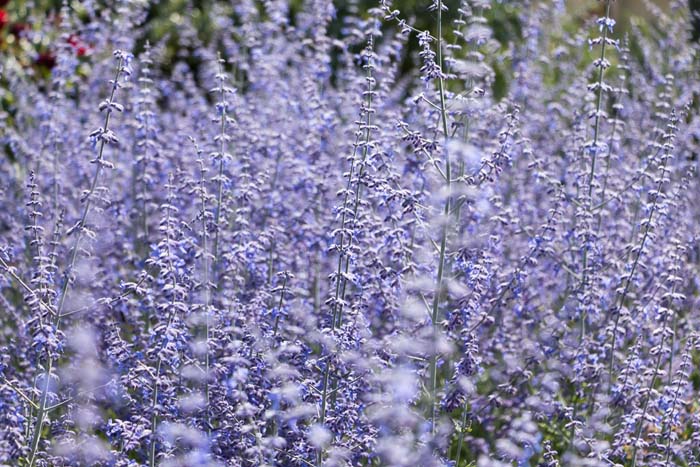
Russian sage isn’t native to Russia, but that’s another story. When it reaches maturity, its entire stem is covered in blooms. It thrives in full sun and typically grows four to five feet tall.
The self-cleaning plant leaves white stems when it drops its flowers. It’s a friend to the bees, so if you’re looking for a pollinator, add this to your list of possibilities.
20. Siberian Iris ( Iris Sibirica )
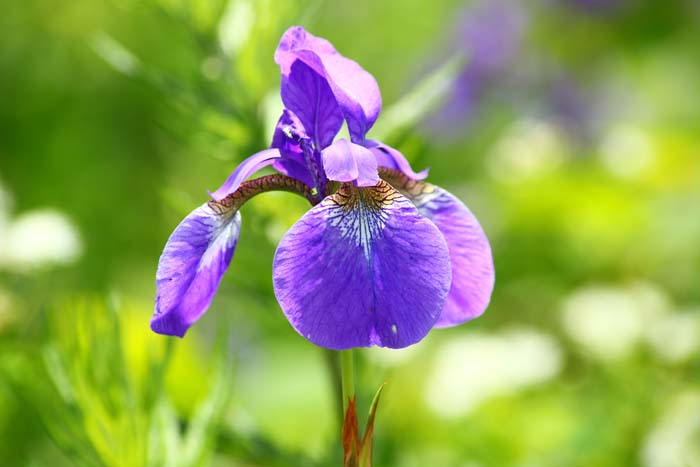
Siberian irises like to grow in dense clumps. These can be divided when the blooms slow down.
They’re resistant to deer and don’t really attract insect pests.
21. Spanish Needles ( Bidens )
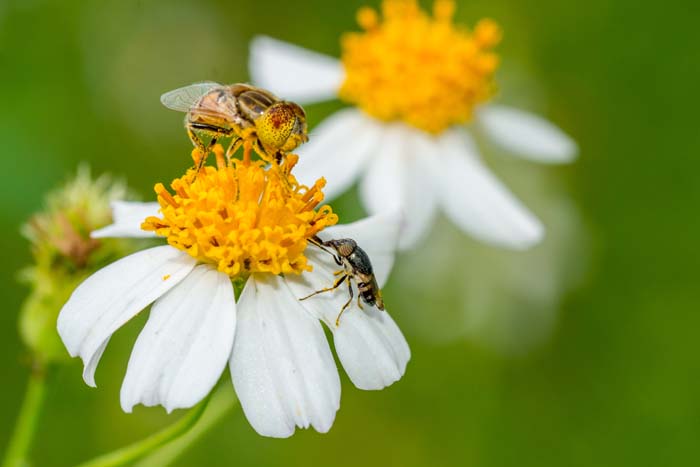
Spanish Needle or Biden’s Alba is a part of the Daisy family. Spanish Needle is incredibly important food for pollinators so don’t deadhead them.
Keeping a wild patch in your yard supports plant growth in your area.
22. Stonecrop ( Tall Sedum )
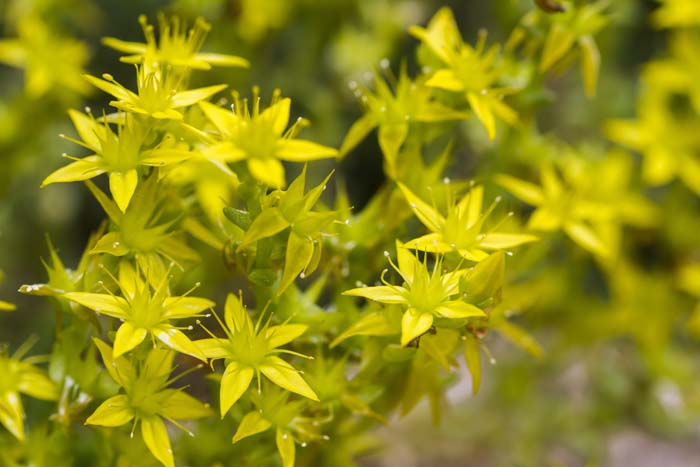
The sedum, also known as Stonecrop, is a winter hardy succulent. Because of their hardiness, a master gardener won’t deadhead Stonecrop.
They’ll leave the seed heads on throughout the winter and prune them back in the spring.
23. Twinspur ( Diascia )
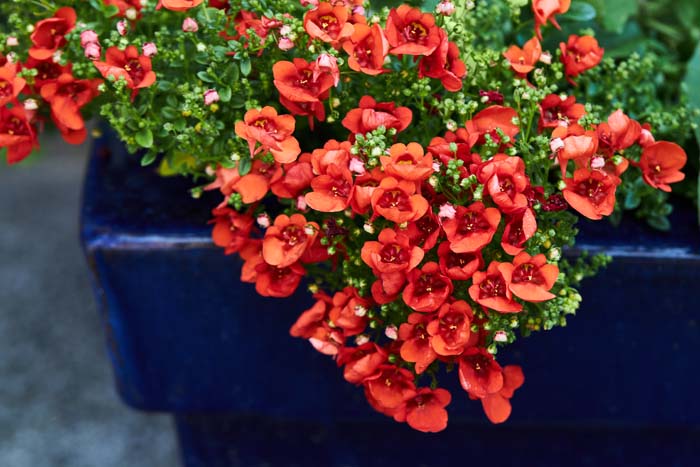
Twinspur can be grown as an annual or a perennial. It’s cultivated for its flowers, which can be coral, orange, pink, or white. It blooms through the spring and summer.
Prune it to keep its shape, but don’t worry about deadheading.
24. Waterhyssop ( Bacopa Monnieri )
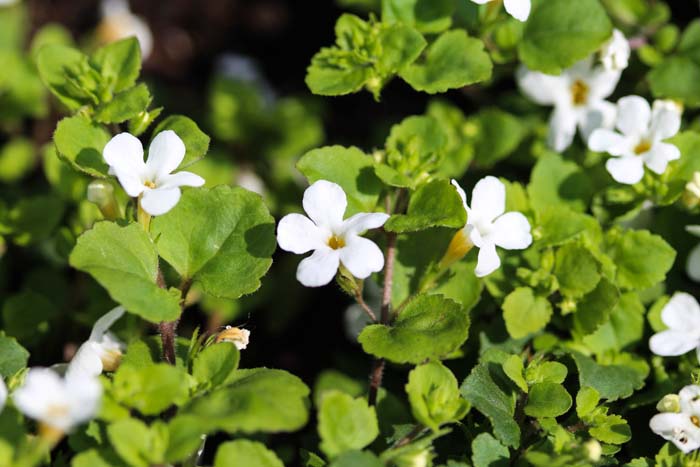
Water Hyssop is a common water-loving plant that grows all over the world.
It’s known for being a beginner-friendly aquarium plant. It tolerates most types of light exposure.
25. Wishbone Flower ( Torenia Fournieri )
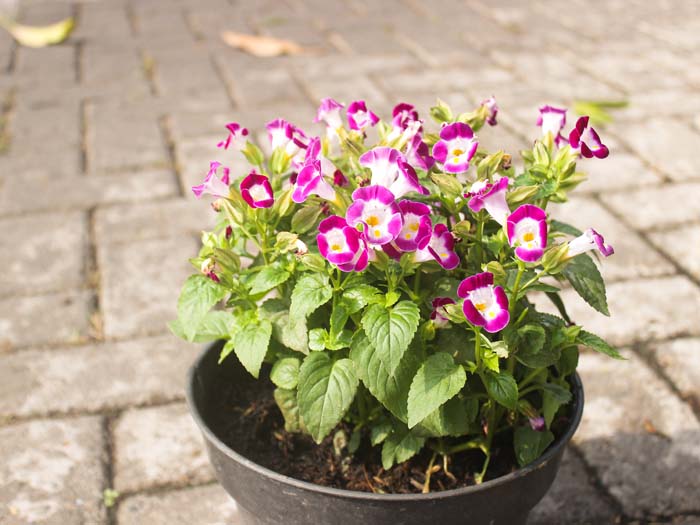
The Wishbone Flower enjoys shady areas. Give the plant no more than two to three hours of direct sunlight. They will grow well.
The flowers are in blue, pink or white shades with yellow markings.

